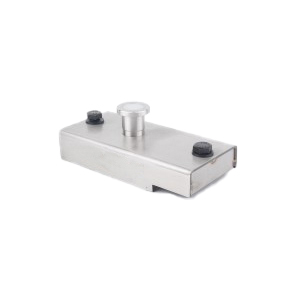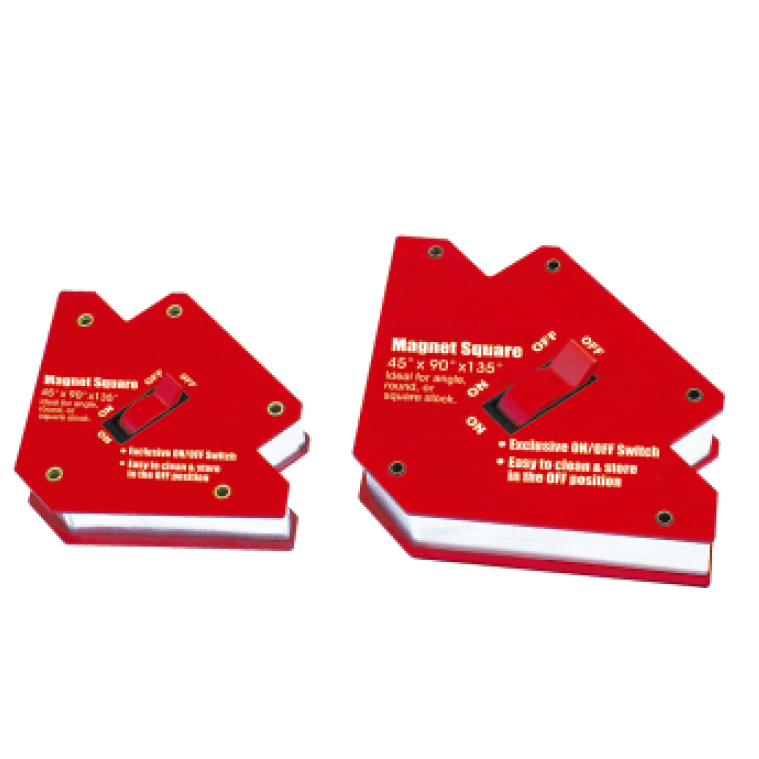The earliest magnetic tool was compass. Greek sailors used magnet to make compass, which can indicate direction. An object was floating in a bowl full of water. The sailor put a needle magnet on the object. One end of the magnet pointed north and the other end pointed south. A compass points the sailor’s course.
Some magnetic tools are widely used in automobile repair and iron cutting tools for cleaning workshops.

When some workpieces are machined and assembled, the clamping is inconvenient due to the characteristics of their own structure. As long as the U-shaped iron core is vertically positioned on the workbench for processing, we only need to insert a magnet on the positioning block of the fixture, so that the workpiece can be firmly adsorbed on the workbench equipped with the positioning block and accurately positioned, which can greatly simplify the fixture structure and improve the work efficiency. Some products need to weld some small parts to the workpiece. If they cannot be accurately positioned, it will not only be inconvenient, but also fail to meet the requirements. So people will need a magnetic fixture for accurate positioning on the workbench.
In production, the magnets are often used for production, such as the magnetic driver used in the assembly of electronic products. During machining, a large number of fine iron filings will be produced. These iron filings will go back to the recycling container, which often leads to circuit blockage and cause inconvenience for cleaning. The machine tool can be equipped with a magnetic oil groove. During metal cutting, the cooling medium wrapped with iron chips flows into the oil groove from the oil drain groove of the workbench. When passing through the filter screen, the iron chips are blocked and accumulated on one side of the filter screen due to the action of annular magnet, and the cooling medium flows into the oil tank through the oil passage. When cleaning, it is very convenient to lift the oil groove and pour out the chips.
When bending and forming some workpieces with complex shapes, due to the deviation of the center of gravity, if the die is too small, it may cause cantilever and unstable placement of workpieces, resulting in turnover and warpage. For example, a positioning magnet can be added to the die to assist the workpiece positioning, which not only reduces the die volume, but also increases the reliability of positioning.
In stamping production, there is no gap when the steel plates are stacked together. Due to atmospheric pressure, the plates are stuck together, and it is very difficult to take materials. In this case, a magnetic auxiliary worktable can be installed close to the punch to solve the above problems. The working principle is that a baffle is fixed on the worktable. One side of the baffle is equipped with a magnet, and the other side is close to the baffle to place the plate to be processed. During operation, the plate vibrates up and down due to the vibration caused by the up and down movement of the sliding block of the punch and the blanking force, while the top plate leans on the baffle because the gravity is not enough to overcome the magnetic force, Naturally, a certain gap is formed, and it is convenient to take materials. The magnetic force can be adjusted by changing the thickness of the baffle.
Magnetic force is like an invisible hand to help us absorb the workpiece. By skillfully using magnet technology, we have simplified the structure of various tools, improved the process performance of the workpiece and made production easier. It can be seen that magnetic tools can help us achieve unexpected results.
-Magnetic Shuttering
-Magnetic Welding Holder
-Magnetic Tray
-Magnetic Tool and Hook
-Magnetic Sweeper
-Magnetic Pick UP Tool and Inspection Mirror
For any other custom Magnetic Tools, please contact us for a quote.




